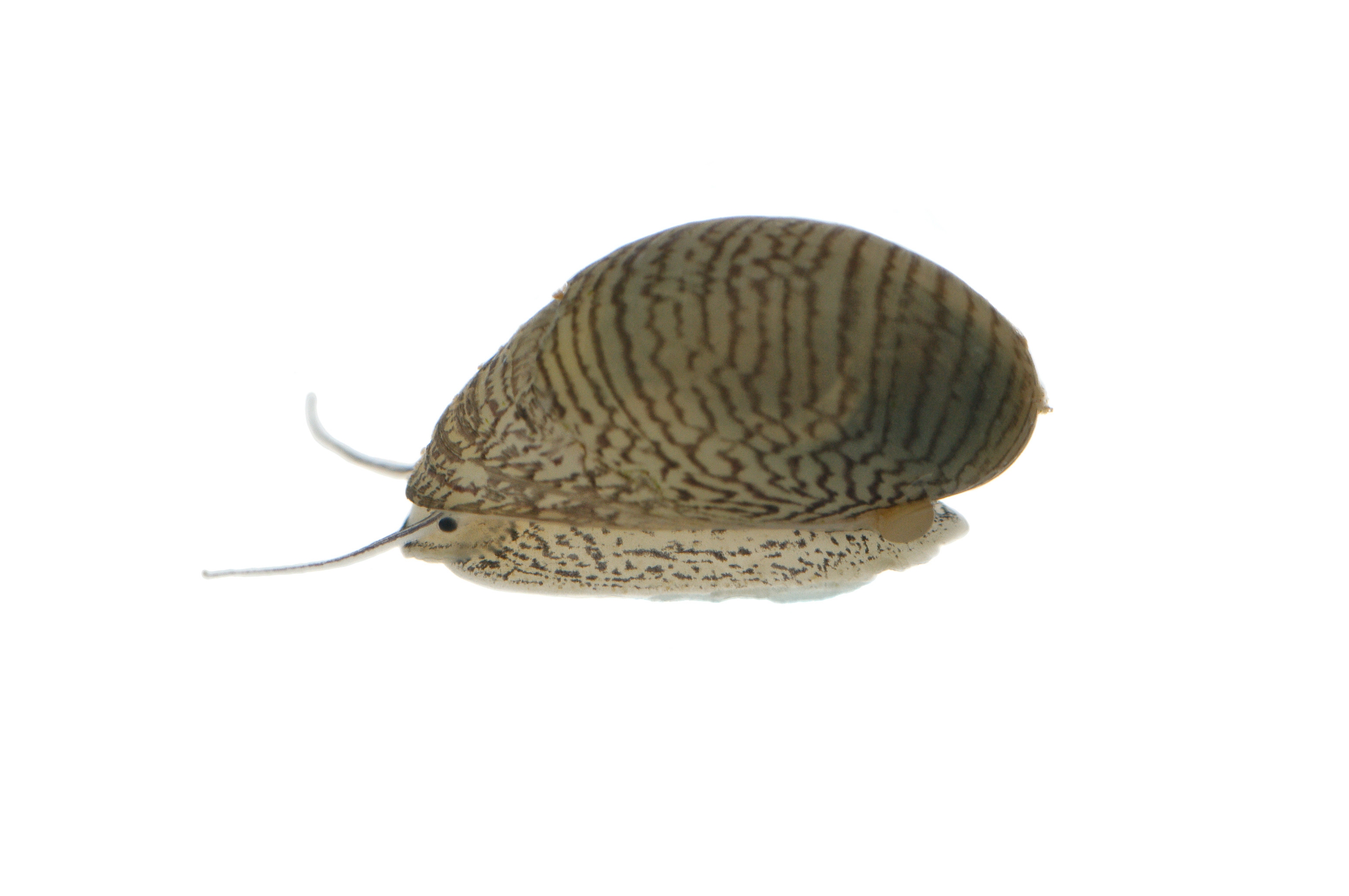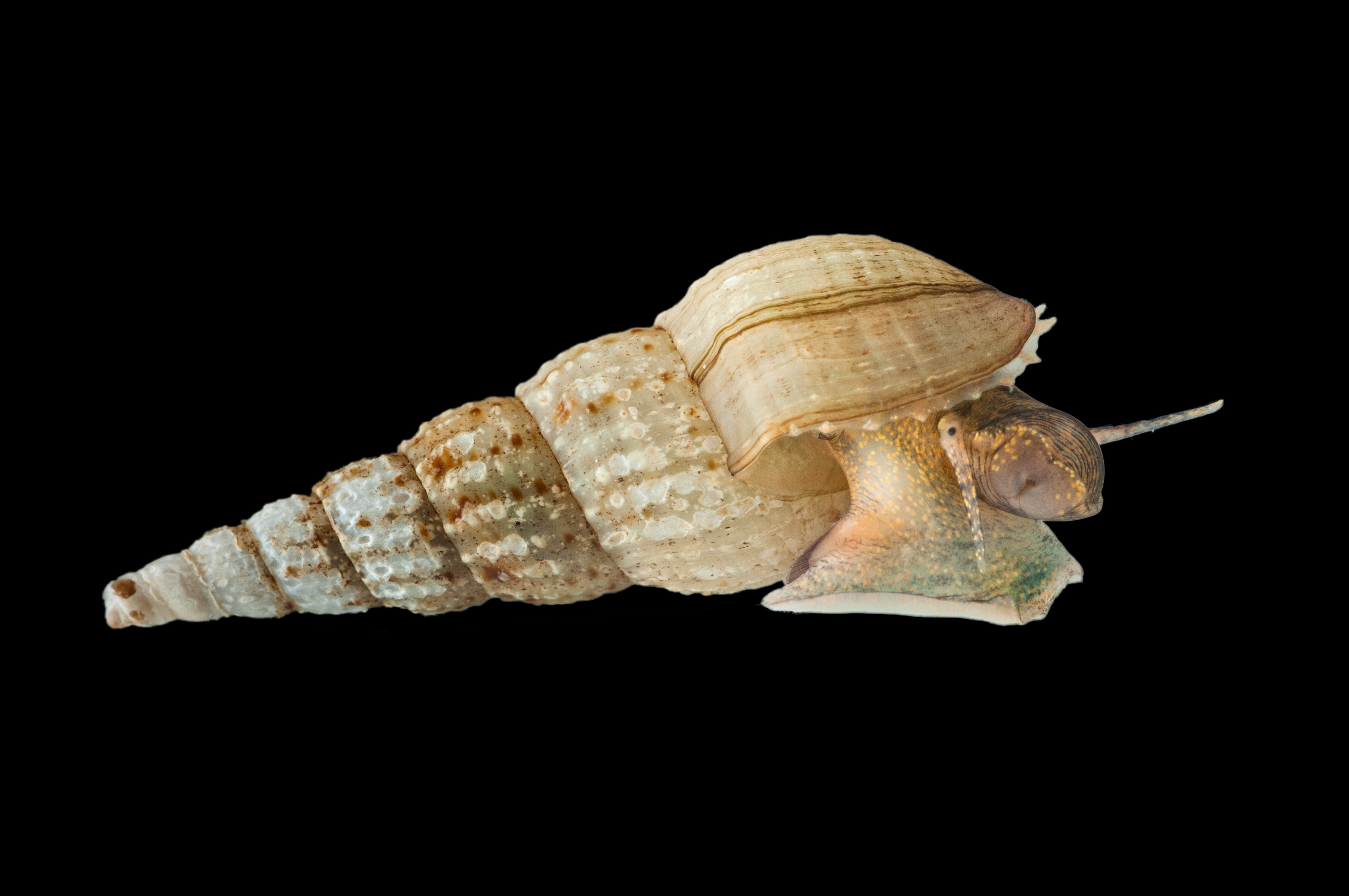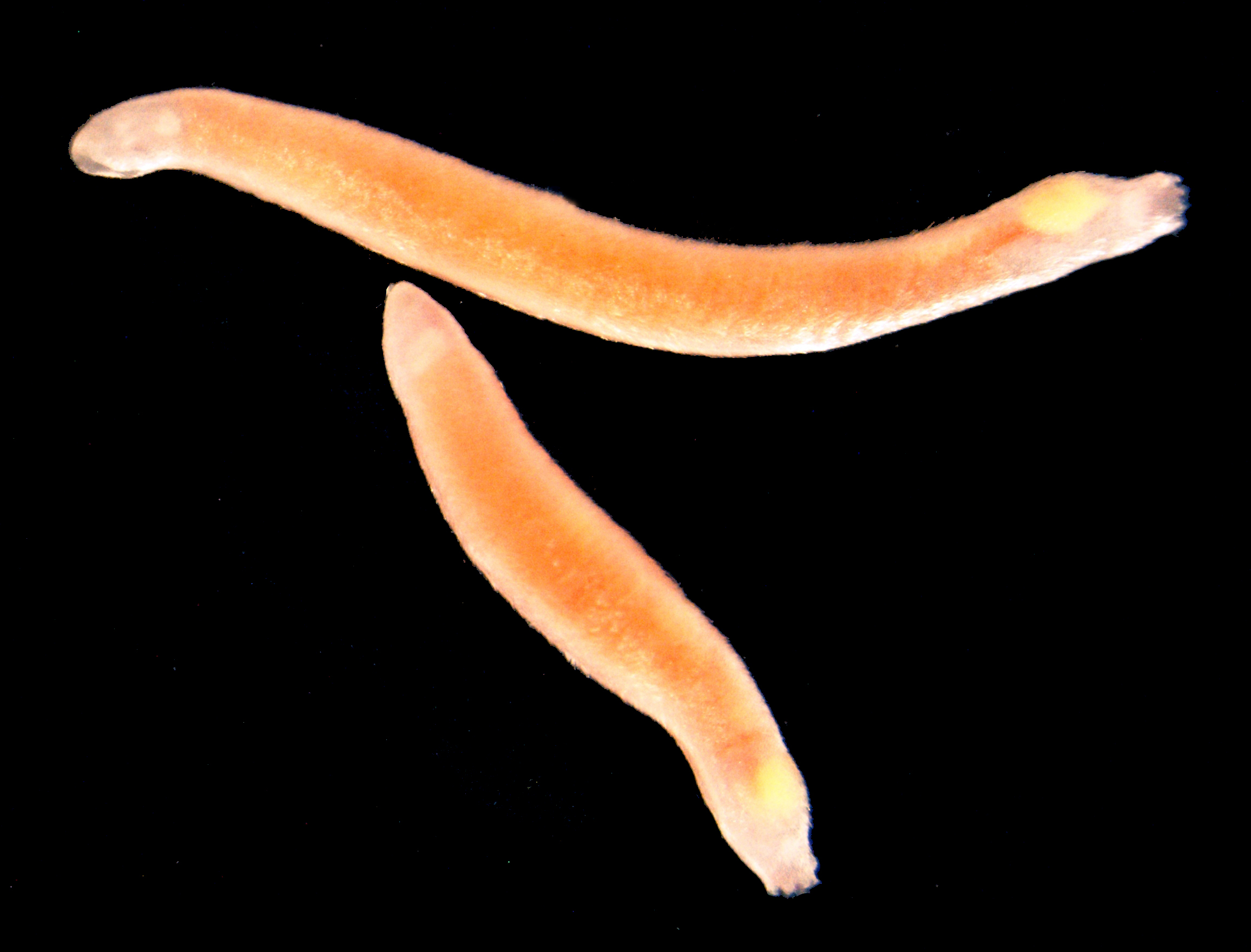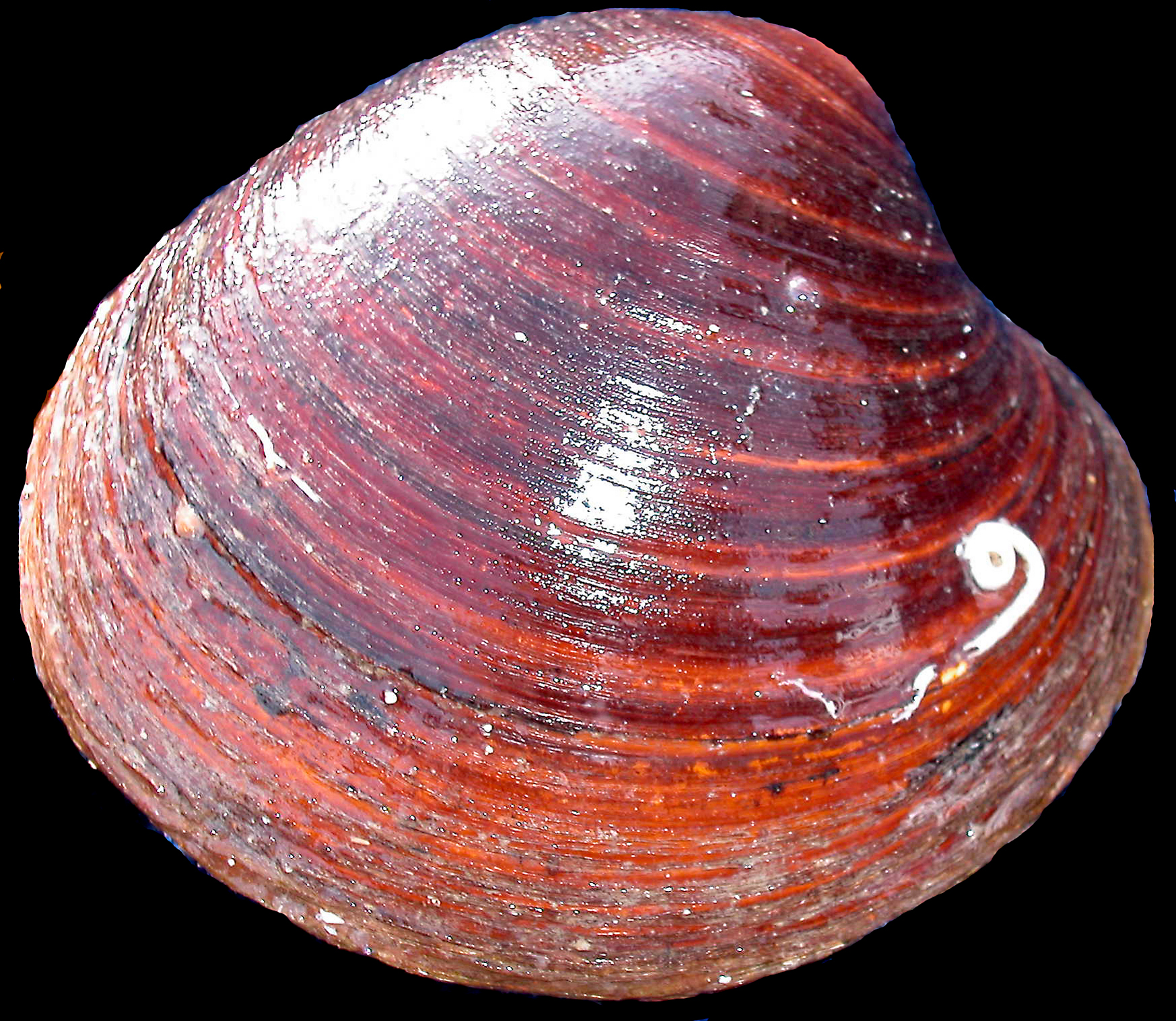Scientists from the United States, Norway, and Germany create a unique data set for the reconstruction of the phylogeny of molluscs
21.09.2011
Snails, mussels, squids – as different as they may look, they do have something in common: they all belong to the phylum Mollusca, also called molluscs. An international team of researchers headed by Kevin Kocot and Professor Ken Halanych, USA, with the participation of Johannes Gutenberg University Mainz (JGU), Germany, has carried out research into the relationships among different molluscs as part of a wide-ranging molecular phylogenetic study. This phylum includes more than 100,000 extant species which are divided into eight major lineages. Up to now, it has been disputed how these groups are related to each other and how they evolved. Through their collaboration, the scientists have now assembled a comprehensive data set and analyzed it in order to reveal the phylogeny of Mollusca. Surprisingly, they found a close relationship between snails and mussels.
Within the Metazoa, molluscs are the second species-rich group behind arthropods. As a food source and a provider of pearls and shells, it is in particular mussels, snails, and squids which are of tremendous economic importance while, on the other hand, they can also cause considerable damage both in ecological and economic terms. In the field of neuroscience, many species serve as models for studying the function of nerve cells and the brain in general. And yet the development of molluscs is something of a mystery and has been the subject of intense debate for almost 200 years.
Under the direction of Auburn University, Alabama, USA, the international group of scientists from the University of Bergen, the University of Florida, and Johannes Gutenberg University Mainz compiled a data set that includes 84,000 amino acid positions on 308 genes of 49 mollusc species. "It is the first time ever that such a large molecular data set has been created for the purpose of explaining from scratch the phylogeny of molluscs, after so many years of different hypotheses being put forward on the relationships between the different species," explains Professor Dr. Bernhard Lieb from the JGU Institute of Zoology. Together with Dr. Achim Meyer, currently a postdoctoral student at the Mainz Institute of Zoology, and Dr. Christiane Todt from Bergen, Lieb has supplied essential data on Solenogastres and Caudofoveata, i.e. the small basal worm-like molluscs, on Scaphopoda (or tusk shells) as well as on two species of snails and two species of bivalves from which genetic analyses were not previously available.
The studies confirm an old hypothesis which theorized that molluscs are divided into two subphyla: the shell-bearing Conchifera and the spiny Aculifera. Although they lack a shell, squids belong to the shell-bearing Conchifera as do mussels and snails. On this subject, Professor Dr. Bernhard Lieb remarks that Nautilus (pearl boat), a 450 million year-old representative of the cephalopods, still bears a shell while in other representatives of this class the shell is either very much reduced in size or has been internalized. One unexpected result the researchers found was that snails (Gastropoda) and mussels (Bivalvia) are sister taxa. This is in contrast to the earlier assumption that snails and squids – the groups with the most highly developed heads and "brains" – are most closely related. This grouping of snails and mussels received little attention up to now, even though they make up over 95% of all mollusc species. Therefore, "we propose the node-based name PLEISTOMOLLUSCA, which includes the last common ancestor of Gastropoda and Bivalvia and all descendents," write the scientists in their publication featured in the scientific journal Nature.
The results are particularly interesting and of further scientific benefit because certain squids and the marine snail Aplysia californica are used as laboratory models for research into learning and memory. In addition, the results should help classify important fossil finds as molluscs are among the most frequent and best preserved fossils. With these new discoveries, our understanding of the early development of this phylum can be advanced.
PHOTO GALLERY




